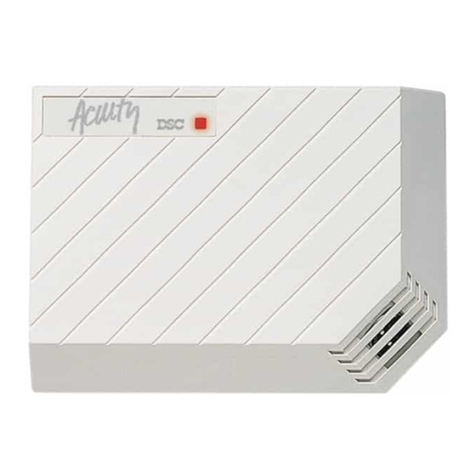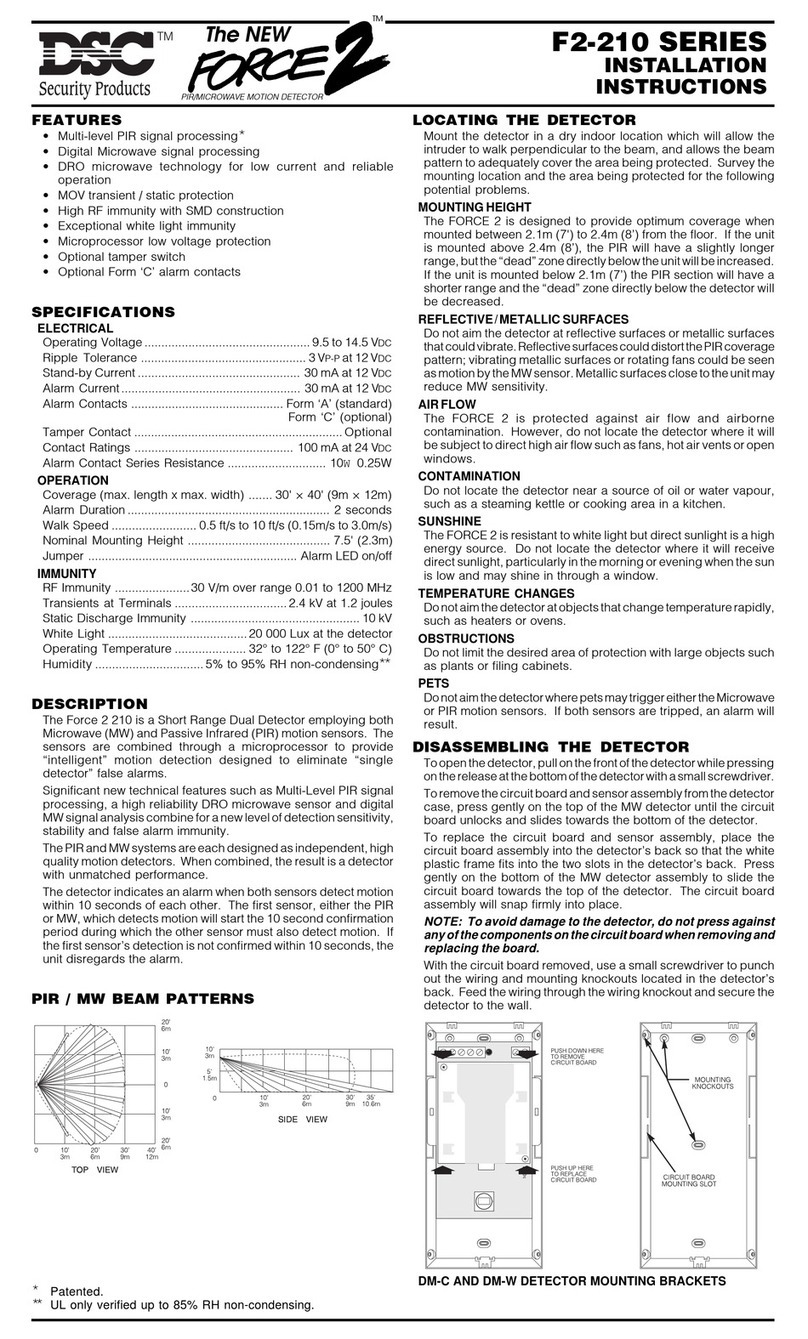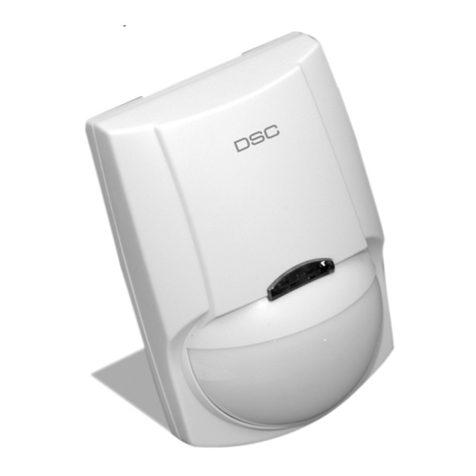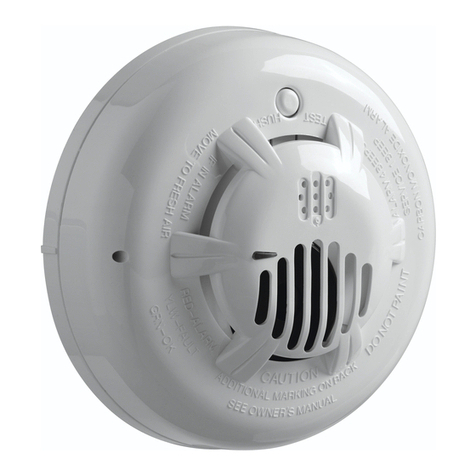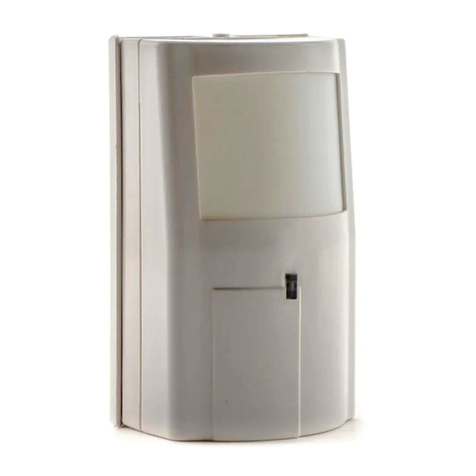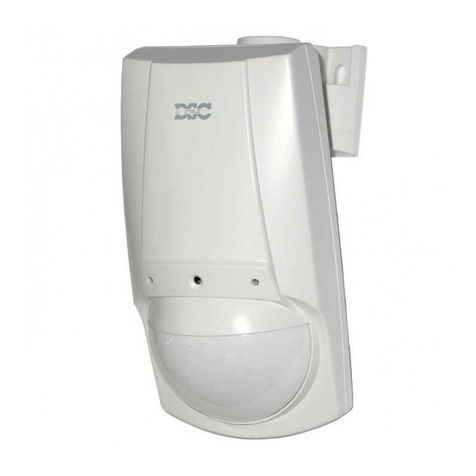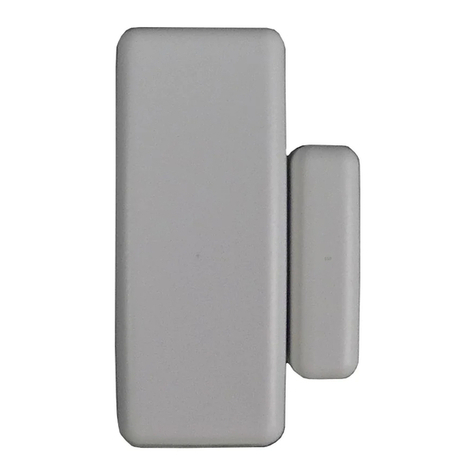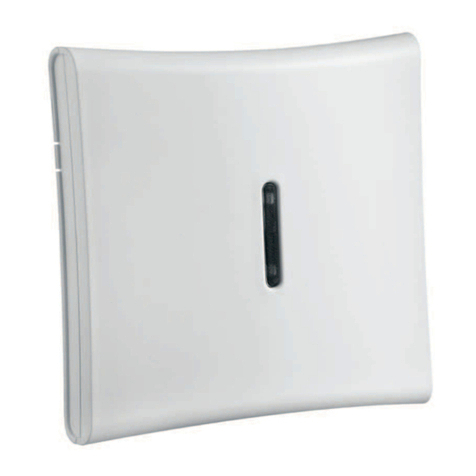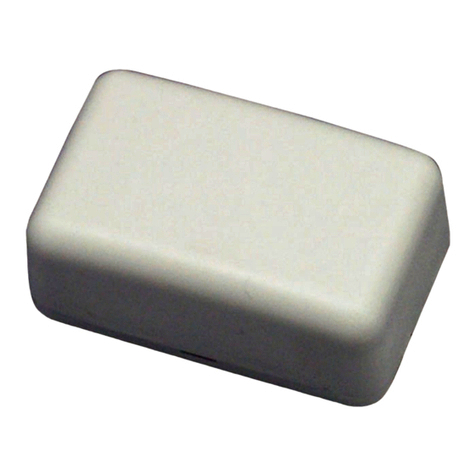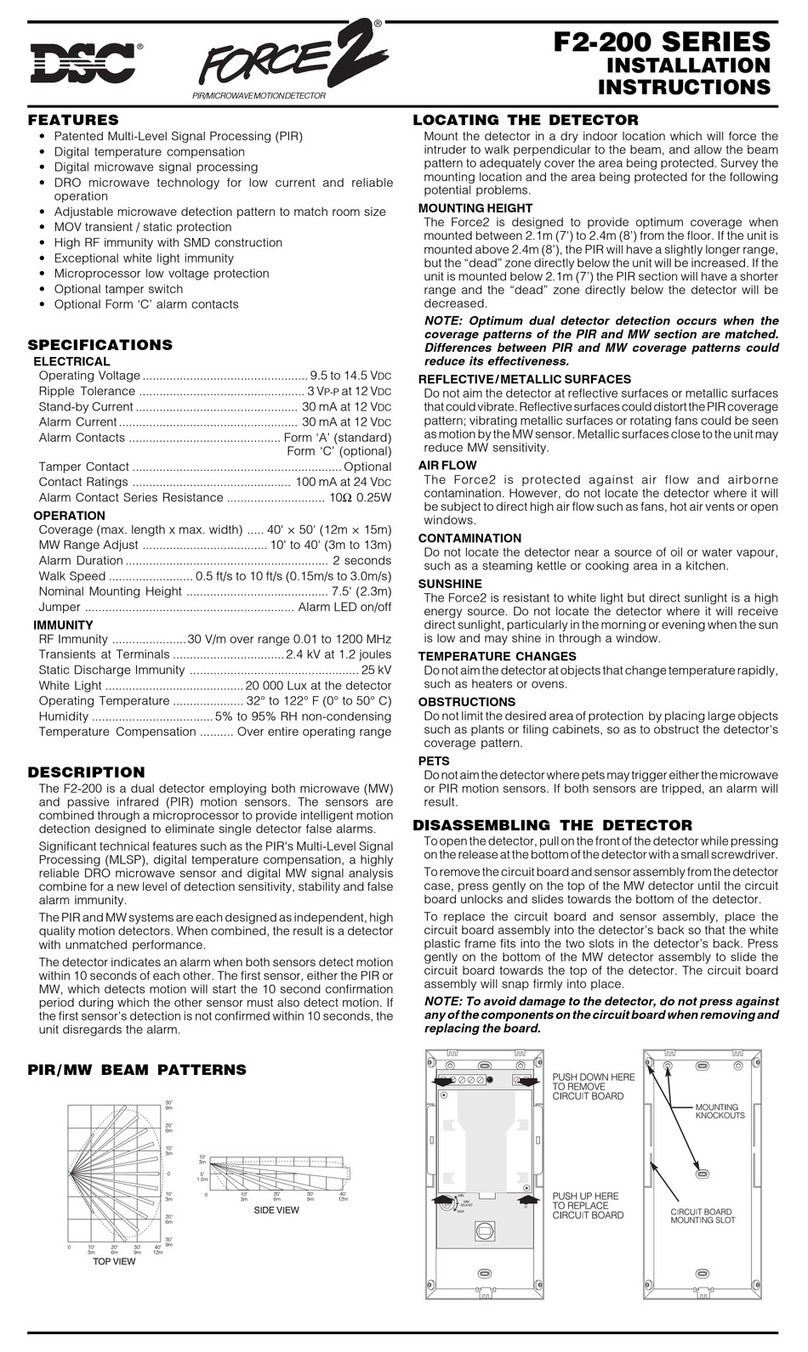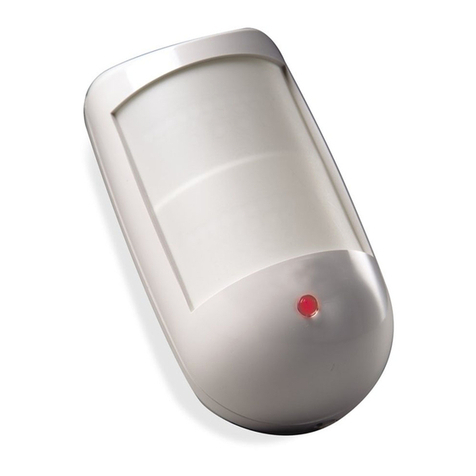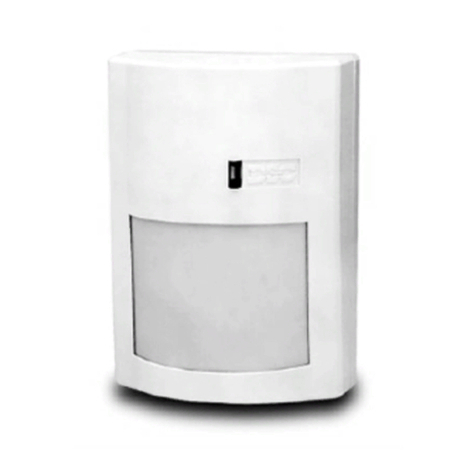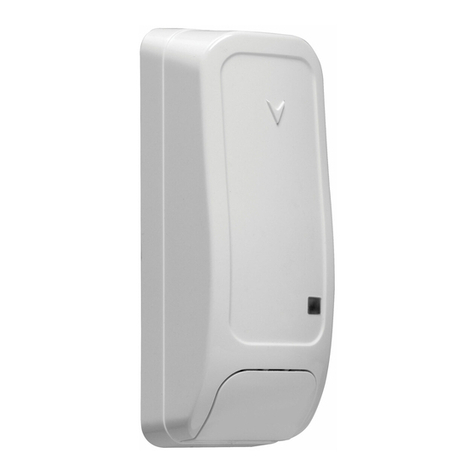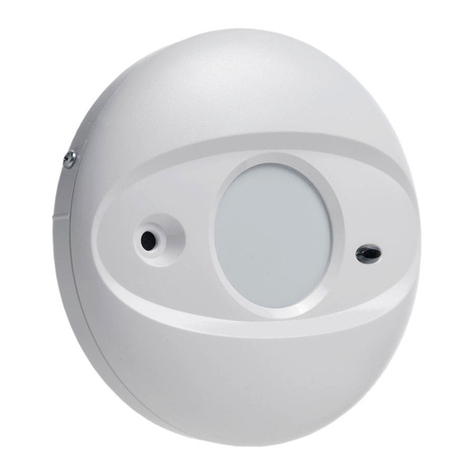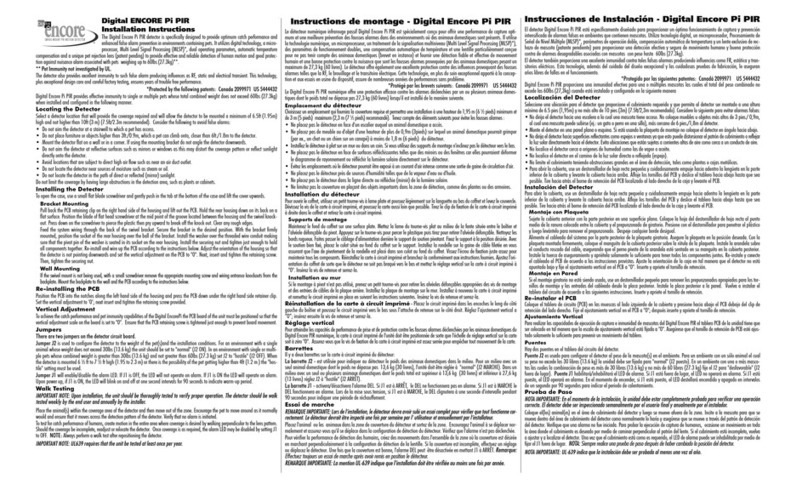
PROGRAMMING THE CFP-500
7
Dialing Options, Section [051]-[052]
The options in programming sections [051]-[052] are explained below. Where applicable,
other sections of the manual will be referenced for more information regarding the feature.
The default setting for each option (ON or OFF) is indicated with an *.
• [051] First Communicator Options
• [1] - [3] For future use
• [4] Third Telephone Number Enable / Disable
ON = The third telephone number will be used for alternate dialing or backup
(see following option 5).
*OFF = The third telephone number will not be used.
• [5] Third Telephone Number Options
ON = Alternate Dialing Enabled. After each dialing attempt, the communicator
switches between the first and third telephone numbers until the maxi-
mum number of dialing attempts have been made to each number.
*OFF = Third Number Backup. If all attempts to communicate to the first tele-
phone number fail, the dialer will use the third telephone number. If all
attempts to communicate to the third number fail, a failure to communi-
cate trouble will be generated.
• [6] Dialing Format Options
ON = The dialer will use pulse (rotary) dialing.
*OFF = The dialer will use DTMF dialing (see following option 7).
• [7] DTMF Crossover Options
ON = If DTMF dialing is enabled in previous option 6, the dialer will use DTMF
dialing for the first four attempts. If unsuccessful, the dialer will switch to
pulse (rotary) dialing for the remaining attempts.
*OFF = If DTMF dialing is enabled in previous option 6, the dialer use DTMF
dialing for all dialing attempts.
• [8] Event Buffer Swinger Options
*ON = Once an event reaches its swinger shutdown limit, it will no longer log to
the event buffer until the swinger shutdown is reset. This avoids filling
the Event Buffer with repeated events. See Section 4.2.10 “Swinger
Shutdown” for more information.
OFF = Event buffer logs events past swinger shutdown.
•[052] Second Communicator Options
• [1] SIA Reporting Code Options
See “Communicator Format Options, Section [021]” on page 9 for more information.
ON = SIA sends programmed reporting codes
*OFF = SIA sends automatic reporting codes
• [2] SIA Maximum Events Per Round Options
See “Communicator Format Options, Section [021]” on page 9 for more information
ON = SIA sends maximum of 20 events per round
*OFF = SIA sends maximum of 8 events per round
• [3] Contact I.D. Options
See “Communicator Format Options, Section [021]” on page 9 for more information
ON = Contact ID sends programmed reporting codes
*OFF = Contact ID sends automatic reporting codes
• [4] Test Transmission Dialing Options
See “Test Transmissions, Sections [041]-[042]” on page 11 for more information
*ON = Test transmission alternates telephone lines.
OFF = Test transmission uses first available line.
• [5] – [6] For Future Use
• [7] DLS Callback
ON = DLS Callback Enabled. If the remote computer connects with the dialer
and this option is enabled, the dialer will disconnect from the computer
and call the DLS phone number programmed. Once the DLS connection
is re-establish communications will begin.
